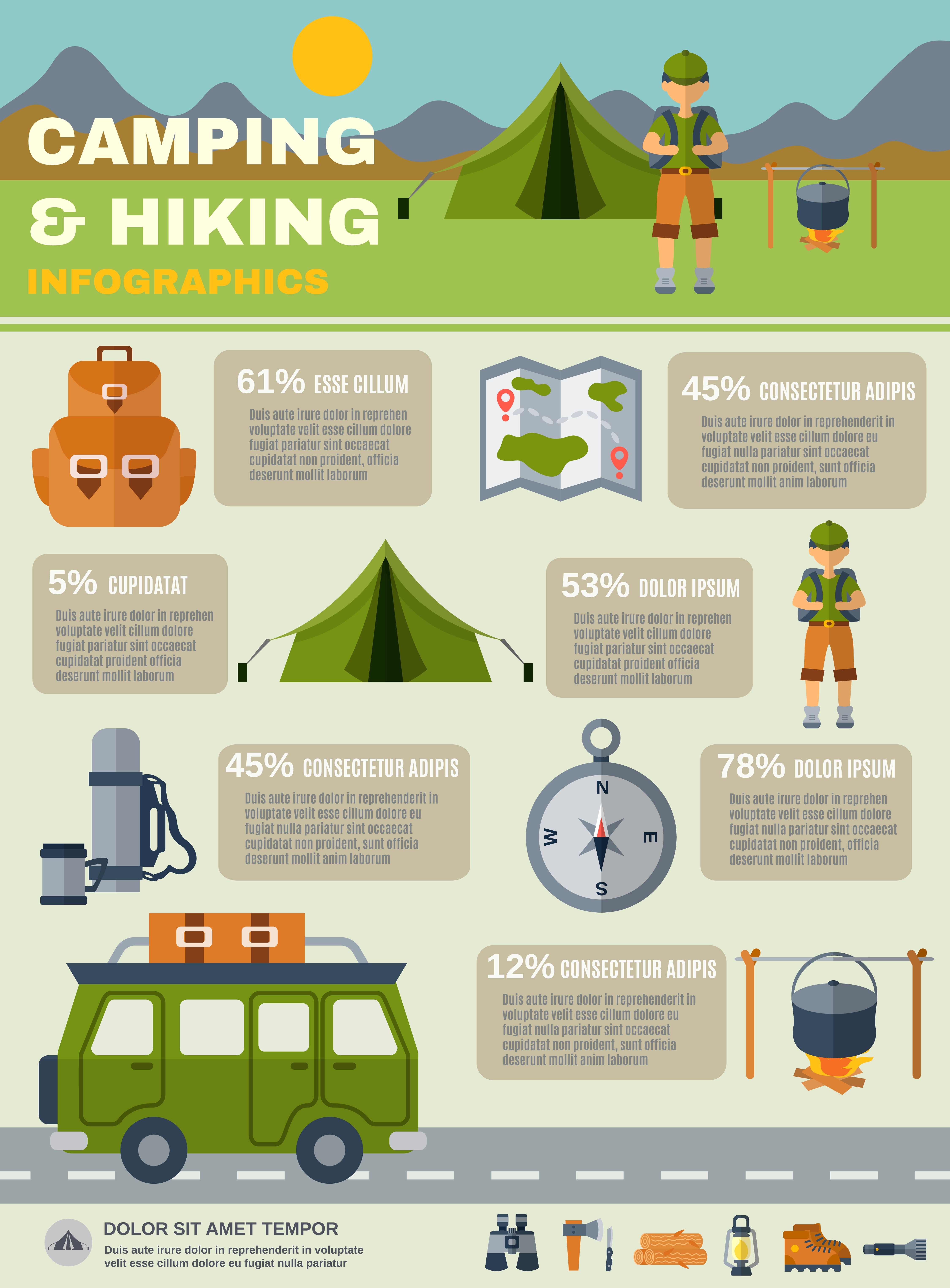Make Your Own Schedule Through Selling Your Camping Tents Online
Make Your Own Schedule Through Selling Your Camping Tents Online
Blog Article
How to Correctly Establish Your Tent Before Outdoor camping
Establishing your outdoor tents can be a complicated job for even knowledgeable campers. This overview will cover the fundamentals of pitching an outdoor tents properly and safely so you can appreciate your outdoor camping trip without stress and anxiety or worry.
Is camping in a camper really camping?
Begin by laying out your tent's impact and ground sheet to shield your outdoor tents flooring from rocks, sticks, dust, and various other debris. Next off, assemble the camping tent poles and secure them to the edges of the camping tent body making use of the suitable sleeve or hook.
Picking the Right Site
When you are tired after a lengthy day walking, you intend to pitch your camping tent and get ready to sleep. Yet you should initially take a walk around the website to ensure it is secure for camping. Look down and approximately discover whether any kind of trees have large dead branches that can fall on your tent. These are often called widowmakers and you don't desire them to go down on you while you're sleeping.
Additionally be sure to prevent reduced spots that might flooding during a tornado and to camp far from animal tracks, nests and habitats where ticks and chiggers are more than likely to thrive. Look for a level, rock-free spot that is big sufficient for your tent and any other equipment you'll be bringing.
Some individuals like to set their tents up so the head end is sharp towards the east to catch the sunlight's warming rays first thing in the early morning. This isn't always required, but it is a wonderful touch that can assist wake you up.
Pitching Tips
It might seem evident, but correct tent pitching is one of the most crucial consider a good night's sleep. Having a practice run in your home will certainly aid you acquaint yourself with your tent, discover all the post sleeves and bolts, and see to it everything is in location. It's likewise a fun time to practice using guylines for stability and to find any type of damaged items.
When you get to your camping site, take a look at the surface to see if it appropriates for your tent. A great guideline is to pitch the camping tent on a level, degree spot with a small downhill angle. This will enable rain to recede from the outdoor tents as opposed to pooling in front of it.
If you can't find a level area, think about positioning a tarpaulin or various other groundsheet under your tent impact to protect it from moisture. This can also help keep dust out of the tent.
Using Guylines Effectively
Making use of guy lines properly is necessary to making sure your outdoor tents or hammock stays protected in high winds and various other poor climate condition. A person line is a rope or cord that connects to the ground with loopholes and D-rings in the structure, tarpaulin, or rainfly.
Beginning by safeguarding one end of the line to a guyout loophole on your tent or rain fly, or to the pole it's attached to. Then loophole the various other end of the line over a risk put faraway from the framework and tighten it.
Maintaining your sanctuary's individual lines taut will avoid drooping or sagging during windy conditions, stopping wetness from leaking right into living tents the camping tent or damages to the framework and boosting comfort and security during camping. Always inspect the stress of your guy lines during and after adverse weather conditions to ensure they remain safe. Furthermore, take into consideration loading an individual line tensioner to conveniently readjust and maintain the appropriate amount of tension in your lines.
Removing the Camping tent
When clearing up into your camping site, locate a place with a flat location and clear it of rocks and debris. Also, be sure to lay down a camping tent impact or tarpaulin somewhat smaller sized than your tent body to avoid water merging. This helps keep your outdoor tents completely dry from rainfall or condensation and can be especially valuable in windy locations.
Examine your gear, consisting of the outdoor tents stuff sacks to make sure nothing is missing out on. Check that the poles match their clips and restock first-aid items if required.
When it's time to pitch your outdoor tents, start by orienting the doors downwind, and stake down each edge of the tent. If the ground is loose or sandy, think about spreading out a tarpaulin under your tent to secure it from wind and decrease the possibility of your tent toppling. Additionally, make sure to use guylines efficiently to restrain your rainfly and keep it tight. A well-pitched outdoor tents can avoid dripping, condensation, and sun damage.
How often should a tent be waterproofed?
